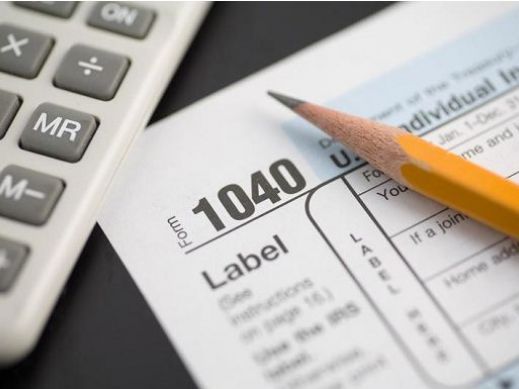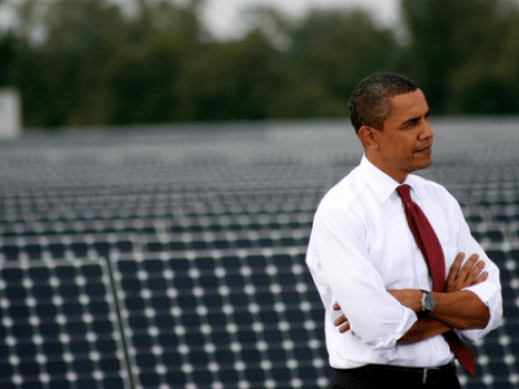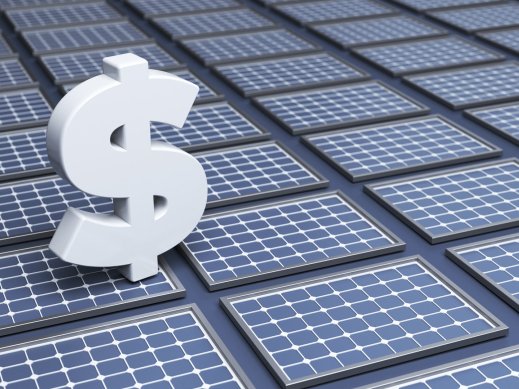
Ensuring an accelerated clean energy transition means that companies need to be held accountable to meet renewable goals and standards. That’s why renewable energy credits (often called renewable energy certificates) were introduced. RECs serve to track renewable energy sales and determine measurable positive attributes that come along with that energy.
What are they?
A REC is issued for every one megawatt-hour (MWh) of electricity generated and delivered to the grid. For example, if a solar power facility produces 10 MWh of electricity, they’ll receive 10 credits that they can keep or sell to local homeowners or businesses. If a business then buys those credits, they’re directly putting money into renewable energy and can say that 10 MWh of their electricity is renewable. It is important to note that once a REC is sold, there is no way for it to be purchased again. Each REC contains specific data and thus exists within a unique one-time-use model. An emissions profile is created for the REC containing the following information:
- Type of renewable resource
- Renewable facility location
- Date of generation
- Generating source and identification number
- Renewable fuel type
- Project name
- Emissions rate
All these factors can vary greatly by market and come together to make a unique REC profile, unable to be resold or purchased.
How do they work?
RECs are crucial to the renewable energy market given that virtually no information is collected or disclosed from the utility grid regarding the amount, origin, or generation method of physical electricity. RECs will take these into account and assign ownership to generation and use.
Additionally, RECs expand renewable access to businesses regardless of their inherent ability to fully invest in their own solar panels, wind turbines, or other sources of renewable energy on the property. With a REC, more groups are given the ability and freedom to reduce their carbon footprint significantly. Beyond pushing businesses, organizations, and communities to consciously reduce their carbon footprint, RECs also encourage positive market trends as their ability to accelerate higher clean energy demand indicates to the grid that more renewable energy should be generated.



